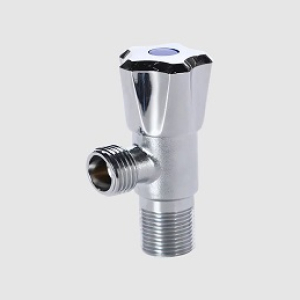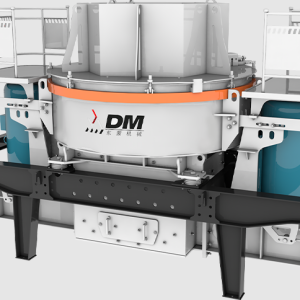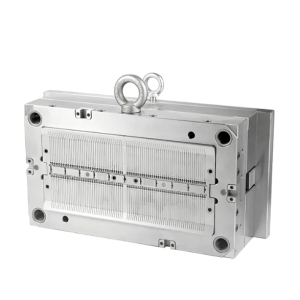Anti-static table mats are essential tools used in various industries to prevent damage to sensitive electronic components from electrostatic discharge (ESD). These mats are designed to dissipate static electricity safely, providing a controlled path for charges to flow to the ground without harming electronic devices.
Typically made from materials with specific conductive or dissipative properties, such as rubber or vinyl, anti-static table mats are placed on work surfaces where electronic assembly, testing, or repair tasks are performed. They help create an electrostatically safe environment by reducing the buildup of static charges that could potentially damage components or affect product reliability.
The effectiveness of anti-static table mats lies in their ability to maintain a low-resistance path to ground. This is achieved through materials that allow static electricity to flow through the mat and into a grounding point, such as a grounded outlet or a grounding cord attached to the mat itself.
In addition to their electrical properties, anti-static mats often feature textured surfaces that improve grip and prevent components from slipping during handling. Some mats also come with built-in grounding hardware, such as snap fasteners or grounding cords, to ensure proper grounding and continuous static dissipation.
Industries that rely on anti-static table mats include electronics manufacturing, telecommunications, aerospace, medical device assembly, and any other environment where ESD could compromise product quality or safety. These mats are crucial for maintaining productivity and minimizing costly equipment failures caused by electrostatic discharge incidents.
As technology advances and electronic devices become more sensitive, the demand for effective ESD protection provided by anti-static table mats continues to grow. Manufacturers innovate by improving materials, enhancing durability, and developing new features to meet the evolving needs of industry standards and workplace safety regulations.










